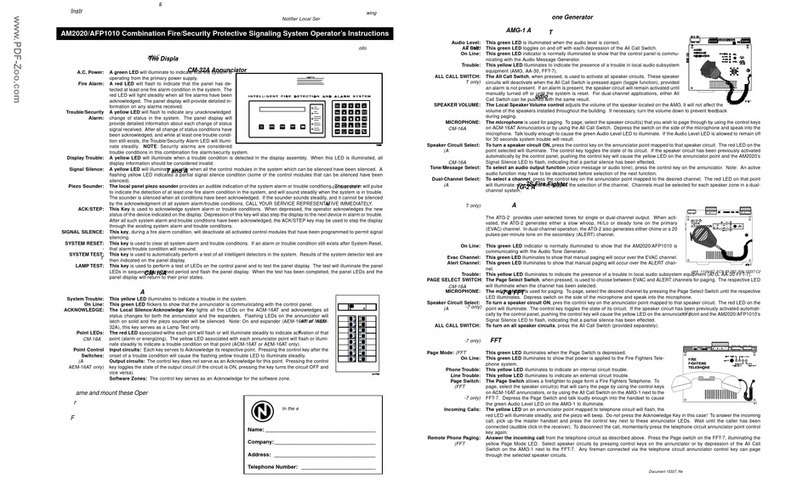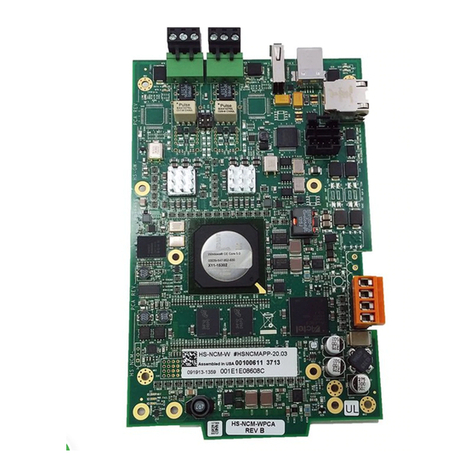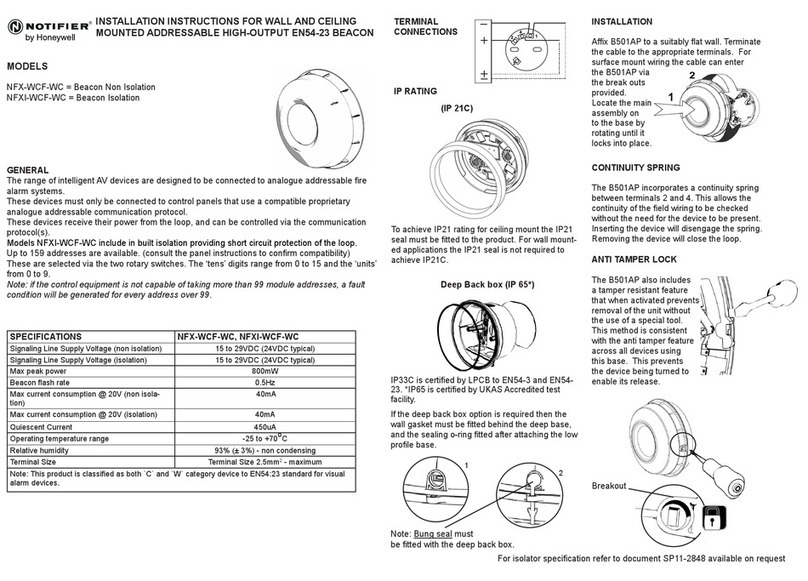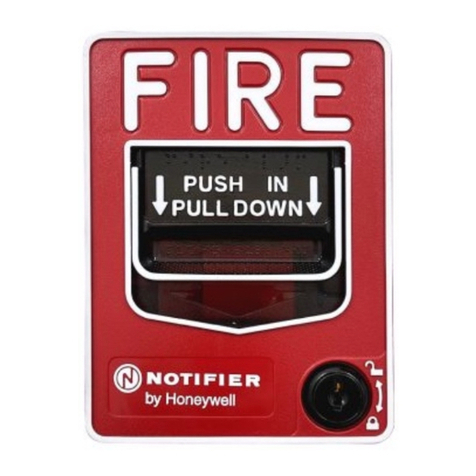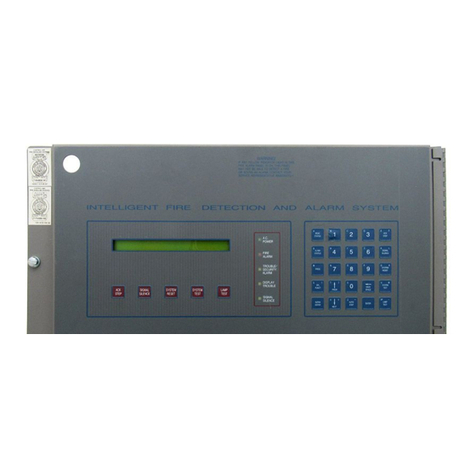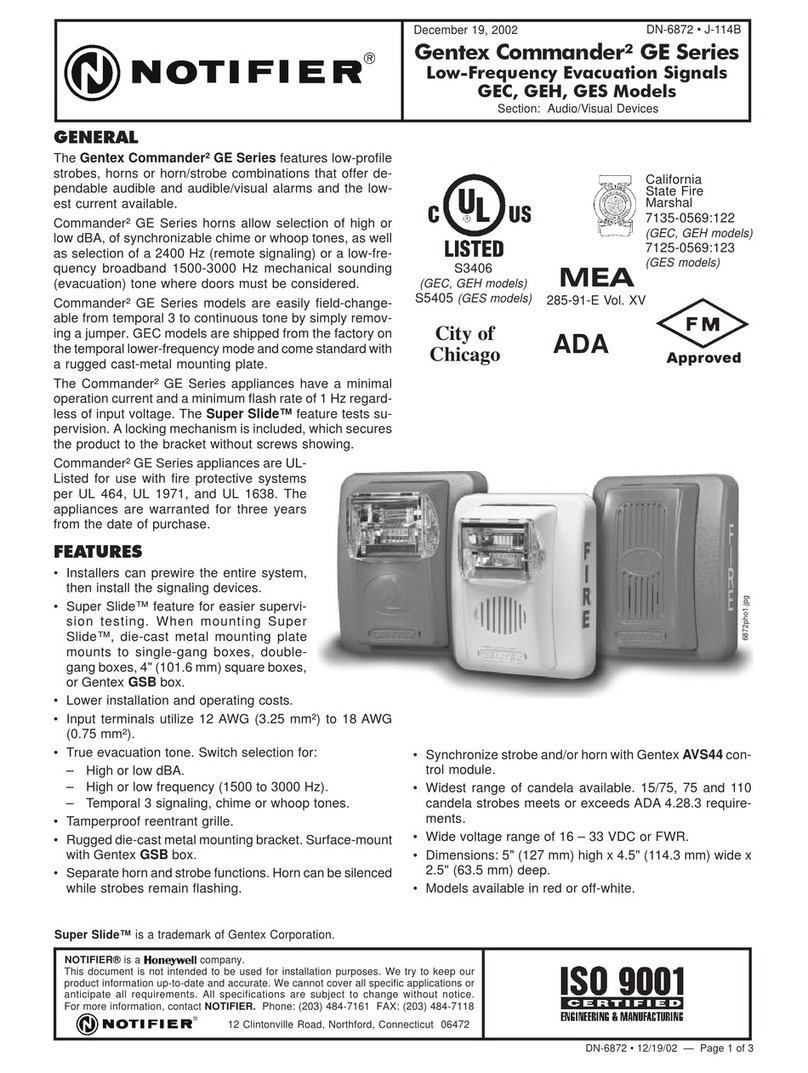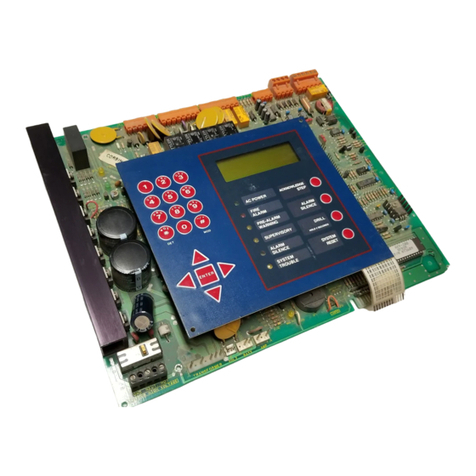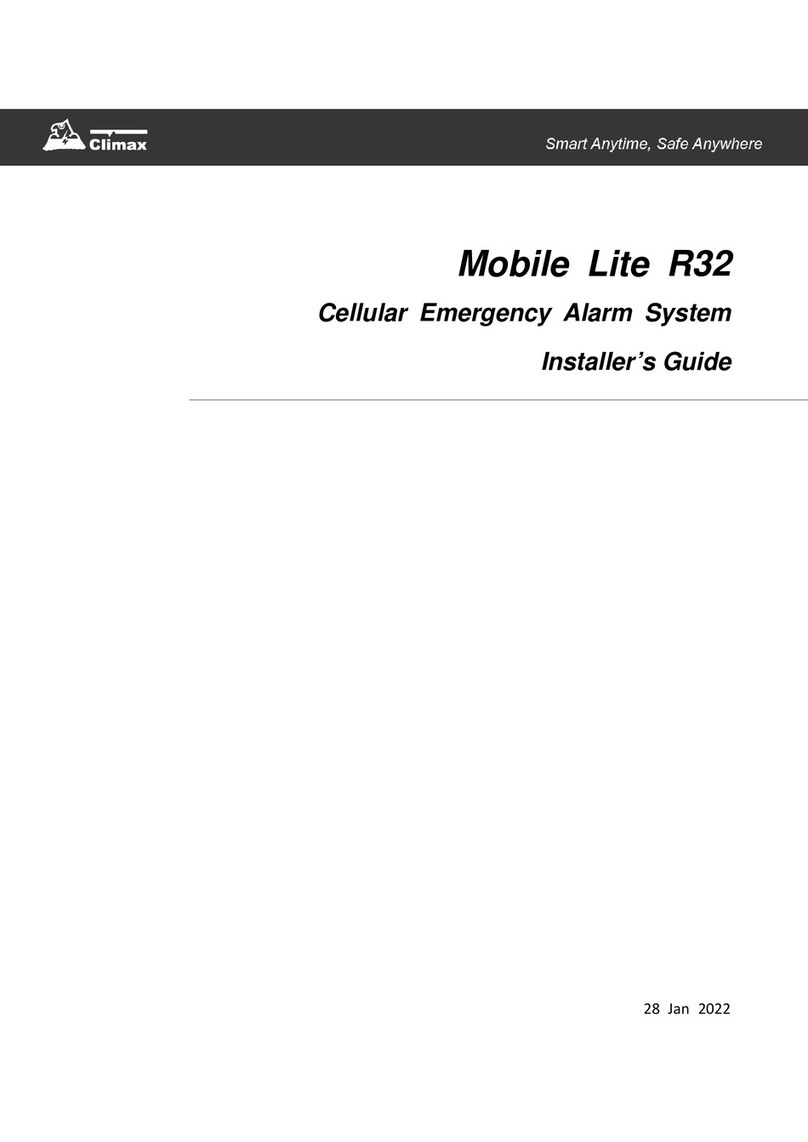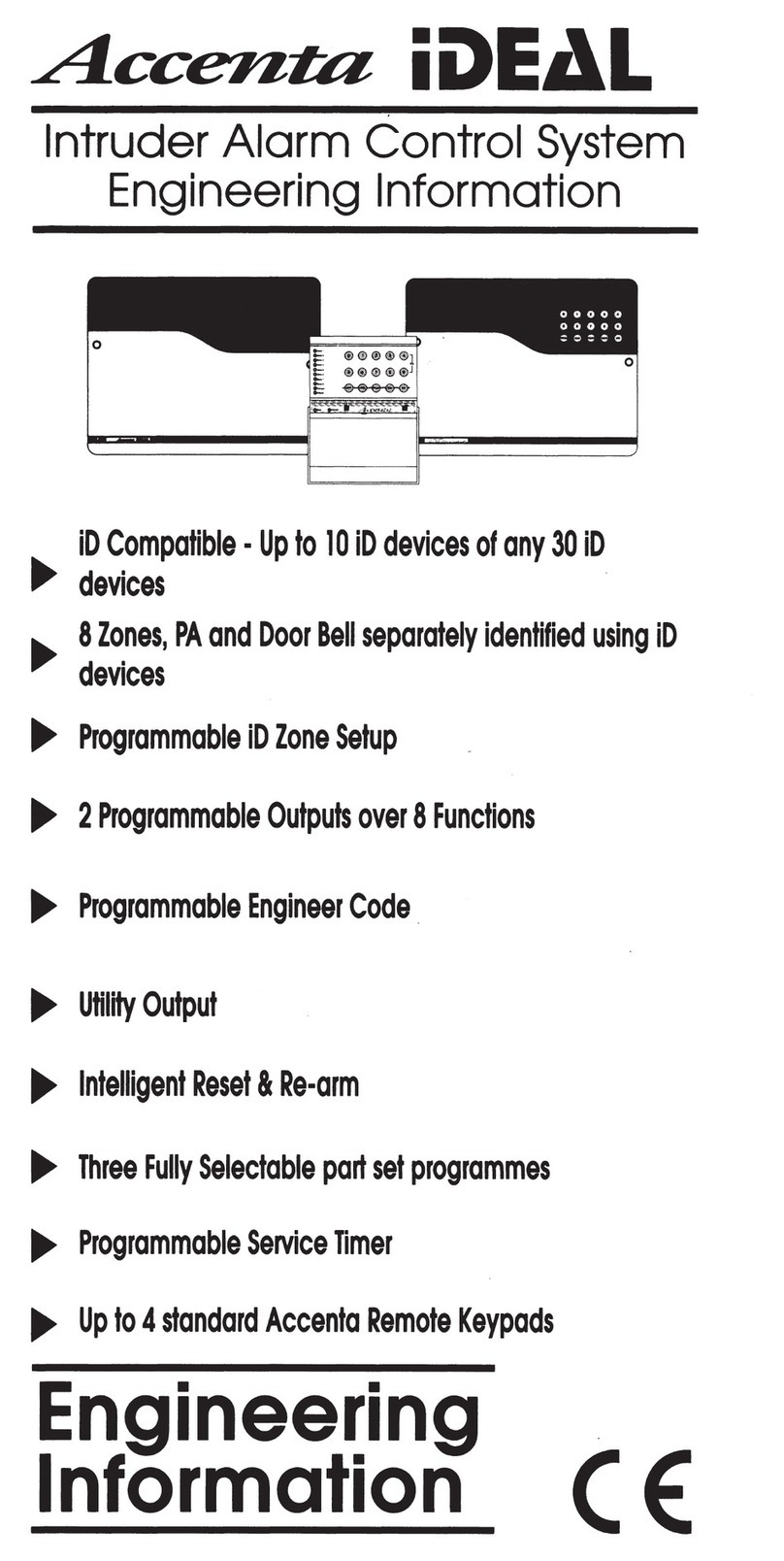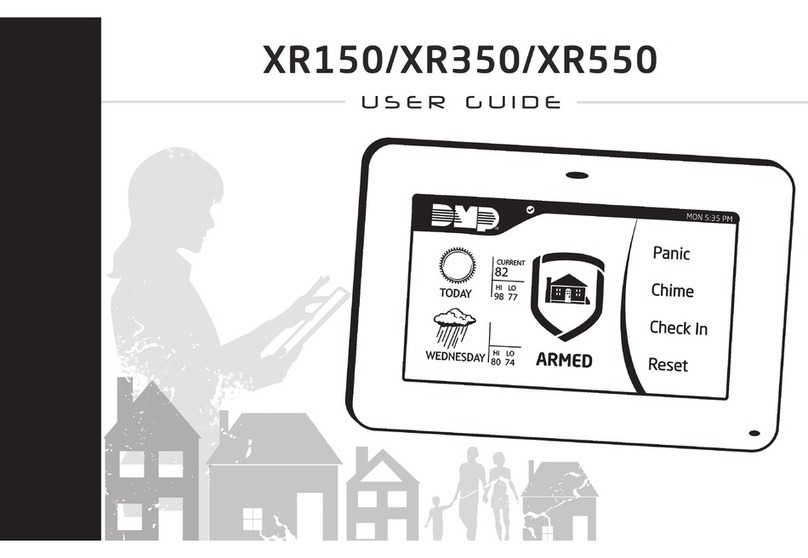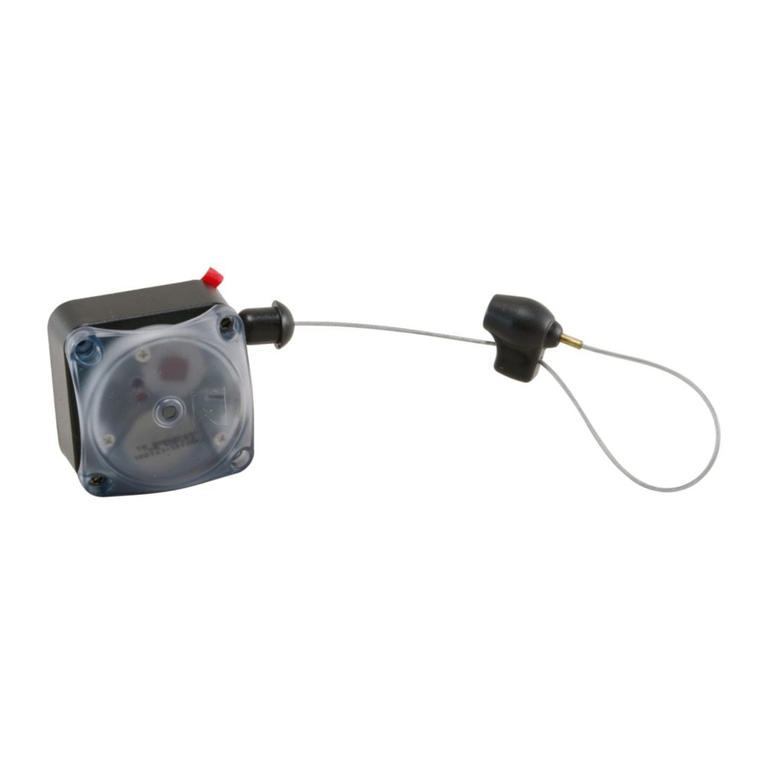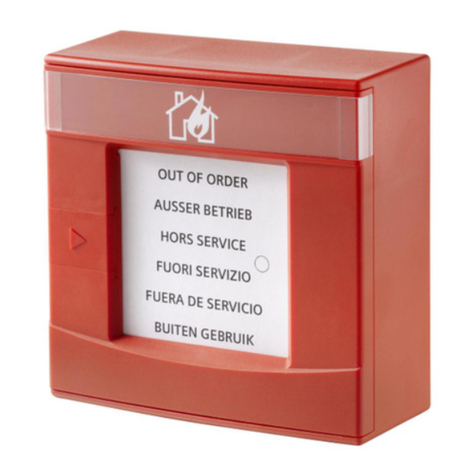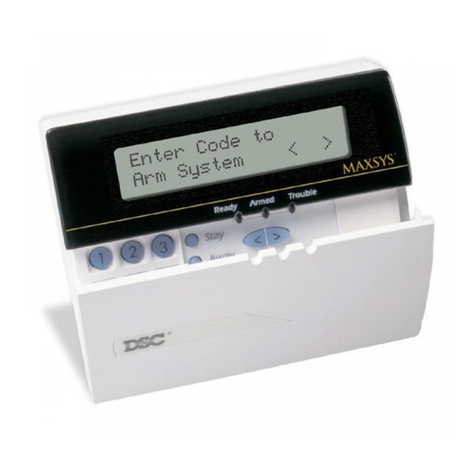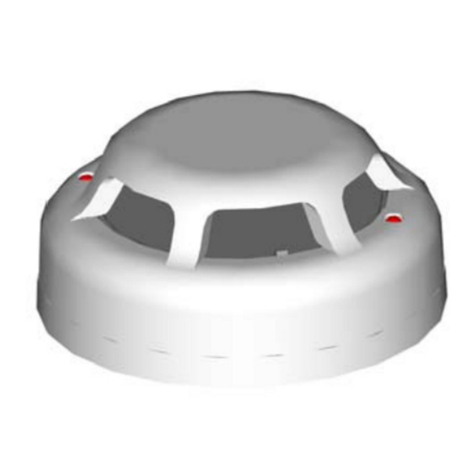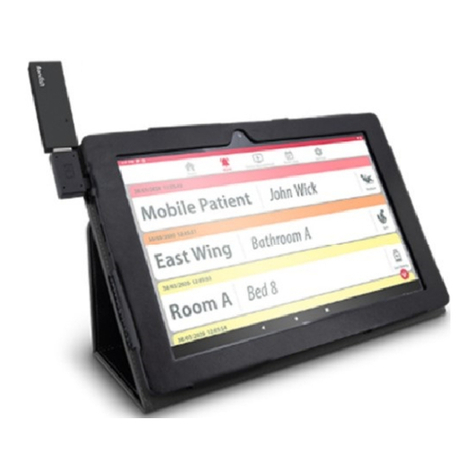
TENS
0
78
6
5
4
3
21
910
11
12
13
14
15
C0227-00
Figure 7
4. A shunt is provided to disable a maximum of three unused
modules (see Figure 8). Modules are disabled from the highest
address and work downward. If two modules are disabled, the
lowest four addresses will be functional, while the highest two
will be disabled. For example, if the shunt for Address Disable
is placed on “two” and the base address switch is set to 28,
the modules will be assigned to 28, 29, 30 and 31, disabling
the highest two positions.
NOTE: In Class A operation, placing the small shunt on “dis-
able 3″will disable all three addresses. Placing the small
shunt on “disable 2″will disable two out of the three
addresses. For example, if the address switch is set to 28
and the small shunt is placed on “disable 2″, addresses
30 and 32 will be disabled while address 28 will be
enabled. The XP6-C must have power cycled for shunt
changes to take effect.
5. There is an active short circuit protection option for each
address. The board is shipped with this option disabled for
each address represented by six large shunts on the “Disable
Short Circuit Protection” area. To enable short circuit protec-
tion for an address, remove the corresponding shunts on the
“Disable Short Protection” area. When enabled, this option
will isolate a short occurring on any active circuit allowing the
remaining circuits to continue normal operation.
NOTE: Power supply monitoring should not be used for audio
applications. The short circuit protection feature is also
not available for audio applications.
NOTE: The XP6-C does not provide ring back when used as a
firefighter telephone circuit.
NOTE: Short circuit protection may only be enabled if power
supply monitoring is enabled.
NOTE: This feature is not for use with all Fire Alarm Control
Panels. Please consult with Technical Services before
enabling this feature.
NOTE: Place unused shunts on single pin to store on board for
future use.
NOTE: Power must not be applied to the unit when changing
functionality of the shunts.
NOTE: Whether in Class B or Class A wiring, power supply
monitoring and short circuit protection must be enabled
on the NAC circuits that are sharing a power supply.
NOTE: Short circuit protection can only be disabled if a power
supply is not being shared by multiple NACs.
N500-79-00 4 I56-1805-012
ENABLE POWER SUPPLY MONITOR
DISABLE SHORT CIRCUIT PROTECTION
SYNC GENERATOR
SIDE VIEW:
TOP VIEW:
SLC WIRING TERMINAL
NOTIFICATION APPLIANCE/
POWER SUPPLY TERMINAL
A/B SELECT
DISABLE 1
DISABLE 2
DISABLE 3
J1 Shunt
C0174-00
Figure 8
NOTE: SLC wiring is the top terminal block, notification appli-
ance/power supply is the bottom.
WIRING NOTES
• Power-limited circuits must employ type FPL, FPLR, or FPLP
cable as required by Article 760 of the NEC.
• For easier wiring, assign all power-limited wiring to one side of
the enclosure rather than alternating with non power-limited.
PROGRAMMING
The XP6-C module operates with the following Fire Alarm Control
Panels:
• AM2020/AFP1010
• AFP-200
• AFP-300/AFP-400
• System 5000 with AIM-200
• AFC-600
• NFS-640
• NFS-3030
The modules are programmed as devices in each system according
to the programming instructions in the appropriate FACP manual.
NAC Wiring and Supervision
For Class B, Style Y applications (figures 9, 10, and 13 are typi-
cal): connect the positive terminal of the notification appliance(s)
to the NAC+ terminal and the negative device terminal to the
adjacent NAC- terminal. Connect one (for each NAC) of the sup-
plied EOL resistors across the NAC+ and NAC- wires, at the ends
farthest away from the NAC terminal of the XP6-C.
For Class A, Style Z applications (figures 11, 12, and 14 are typi-
cal) wire the NACs per table 2. The A/B select shunt must be
removed prior to connecting the XP6-C to the SLC. The EOL
resistors should not be used. The XP6-C is capable of supporting
3 Class A, Style Z NACs. The XP6-C will only respond at the base
address, base address +2, and base address +4 (assuming no
addresses have been disabled).
TABLE 2
NAC# (+) CONNECTIONS (–) CONNECTIONS
+0 +0 NAC+, +1 NAC+, +0 NAC–, +1 NAC–
NOTIFICATION APPLIANCE+ NOTIFICATION APPLIANCE–
+2 +2 NAC+, +3 NAC+, +2 NAC–, +3 NAC–,
NOTIFICATION APPLIANCE+ NOTIFICATION APPLIANCE–
+4 +4 NAC+, +5 NAC+, +4 NAC–, +5 NAC–
NOTIFICATION APPLIANCE+ NOTIFICATION APPLIANCE–
Power Supply Wiring and Supervision
Table 3 gives an overview of how the power connectors, T0–T5
and T10–T15, are interconnected by the circuit board (PCB). The
